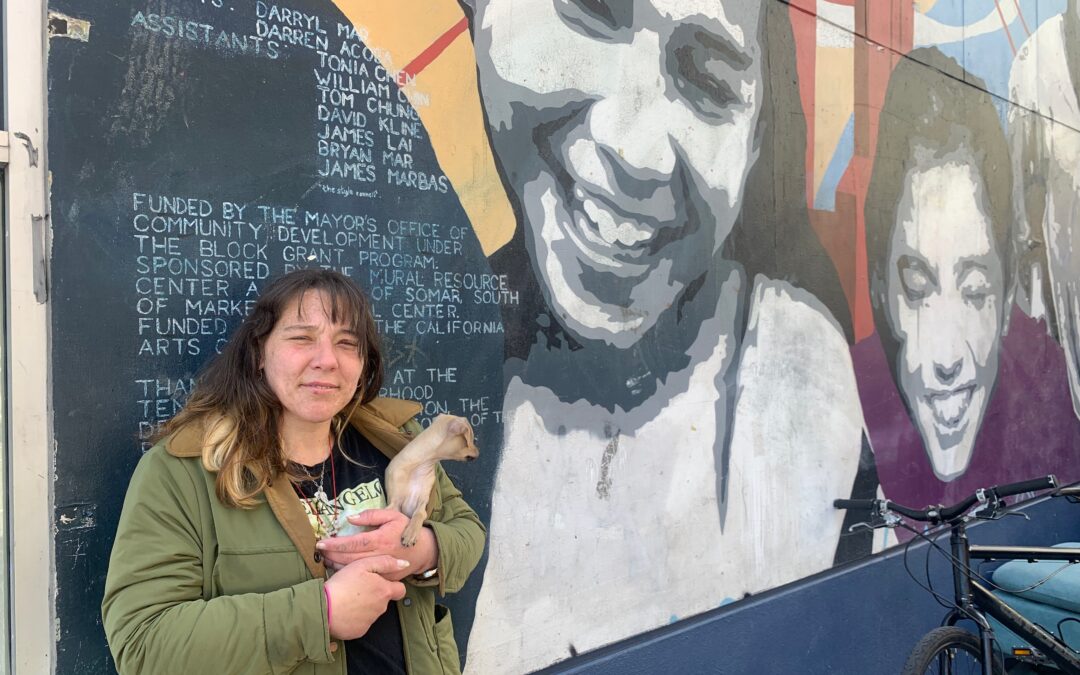May 14th 2023, San Francisco.
Tenderloin is a district in downtown San Francisco where many of the city’s homeless live in tents on the pavements.
Heather Leonard (37) arrived there a while back and tells her story in the urgent and often disconnected way that people under pressure sometimes speak.
“I came from Florida,” she told me while cradling her tiny 12 week old Chihuahua puppy, Pockett — “two tees,” she said to make sure I spelt it correctly.
“I came from Florida. My Dad had just died and his wife had taken everything from him and so I had nowhere to stay. My boyfriend, actually he’s my former boyfriend now, had a dispensary in Santa Barbara [a coastal city in central California] that his family had sold and he said we should go there and he could get some money. So we got on a bus and, like, it took us a week. The first stop was Nevada. It was snowing and slot machines. After that we took rideshare, you know, with Craigslist. People, like, offer gas money for a ride but a lot of [the drivers] were just trying to get sex. It was weird. Google told me San Francisco was the best place to be homeless. [She and the boyfriend have since split.] I was on heroin then but not now — no more needles! A hot team [outreach workers from the city’s Department of Homelessness and Supportive Housing] found me and got me into a shelter in Bayshore but my dog was stolen there. [Pockett is a recent acquisition.] By January I was on the housing list and now I’m living here. It’s been remodelled. No rats and shit, ‘cept for these people here.”
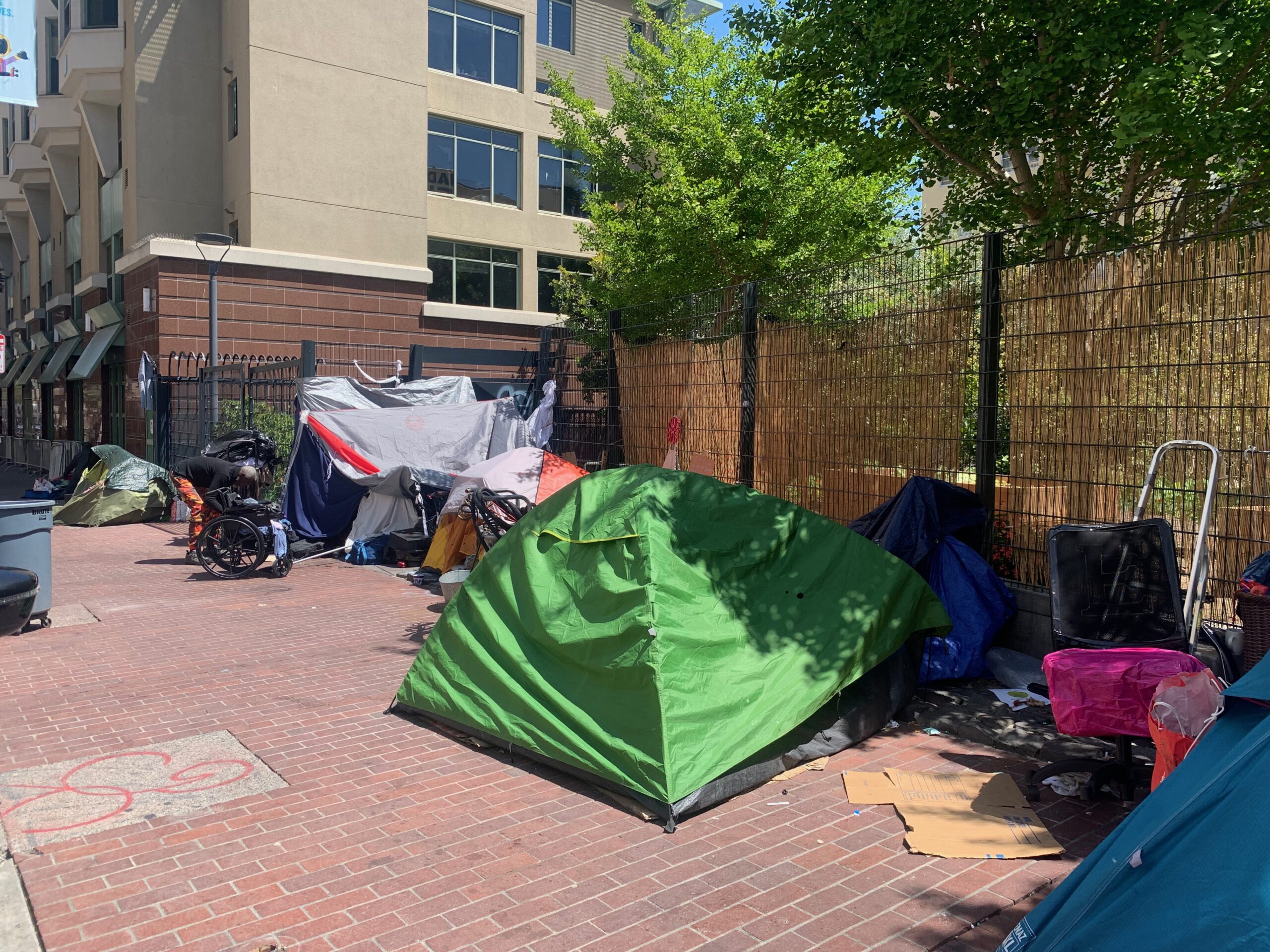
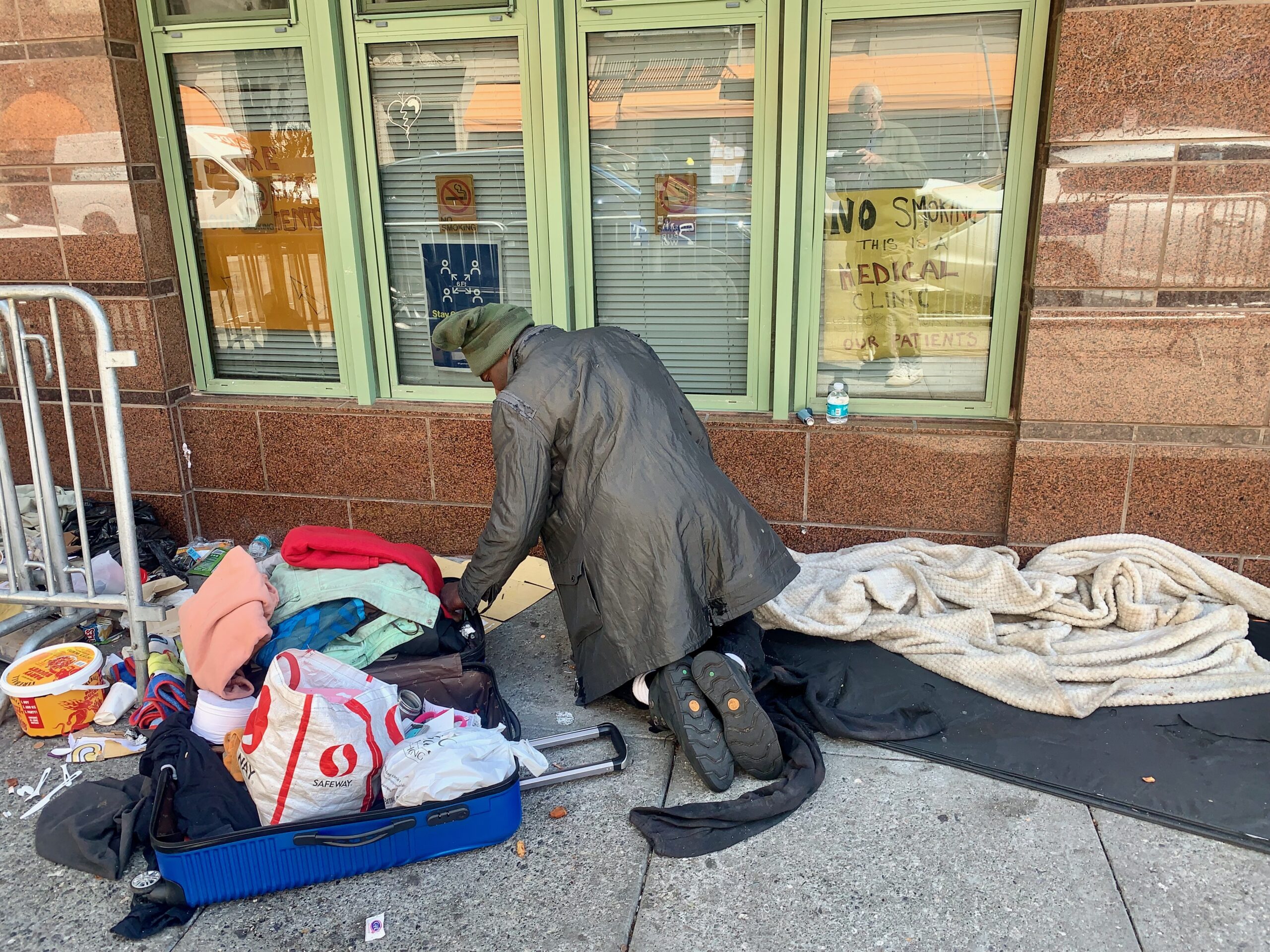
“These people here” were the street homeless friends of Heather who were still living in pavement tents where she and I were standing, chatting. “Living here” was a reference to the one bed apartment the city authorities had given to Heather and which was just around the corner by Eddy Street. Eddy runs parallel to Ellis Street, the main spine through Tenderloin, which is sandwiched on its west by Highway 101, running through the city on its way to the Golden Gate Bridge, Nob Hill to the north, Union Square shopping and commercial district to the east, and City Hall to the south.
About 25,000 people live in the 50 square blocks of Tenderloin, the origin of whose name is unclear. The homes are all down-at-heel apartment blocks interspersed with cheap and run down hotels. Many of the residents are oriental by origin; most of the tent dwellers are African American.
Tenderloin became a residential area in the mid-19th century when the Gold Rush turned San Francisco overnight from a sleepy town into a rip-roaring city. The area has always had something of a racy reputation, being home on and off over the years to brothels, speakeasies, gambling dens, boxing clubs, cheap hotels, theaters and being a safe area also for gay and lesbian people.
There’s not much sign of all that today, though there are a number of LGBT rainbow flags about and, on a lamppost on the corner of Eddy and Mason, a lone sign proclaiming “Compton’s Transgender Cultural District” but nothing visually obvious as to what that really means.
The overwhelming physical characteristic of Tenderloin is that of a grimy, grungy and run down inner city area surrounded by prosperity. Union Square, with its Bloomingdale’s outlet and other snazzy shops and queues of tourists boarding the city’s picturesque cable cars for a ride to Fisherman’s Wharf, is at the bottom of Eddy and Ellis streets and visible from both.
But despite its decrepitude, Tenderloin is not rubbish-strewn filthy; it’s more like years and years of neglect. Many of the street level outlets — be they small shops, cafes or restaurants — have closed and those that haven’t, operate from behind shutters or other barriers that prevent people outside seeing anything inside.
None of that is what strikes the observer most when walking through Ellis, Eddy, Hyde, Turk and Levenworth streets. What does is the carnage of human degradation on the pavements — people, often drugged into oblivion, sometimes drinking beer; sometimes just appearing dazed; sometimes lying in flimsy tents with their feet sticking out; sometimes sitting in groups on the concrete sidewalks and chatting; sometimes pushing a supermarket trolly, apparently aimlessly, along the street; sometimes dancing on the street, appearing to be mesmerized by some point on the ground they are staring at; sometimes rummaging through a bag or a something discarded by someone else, hoping for a nugget; sometimes arguing — “hay man, whatchyoudoing in ma tent?”; sometimes gathered in a huddle, concentrating intently as someone else measures something out for them . . . all people who seem to be hanging on to the wreckage of their lives by a thread.
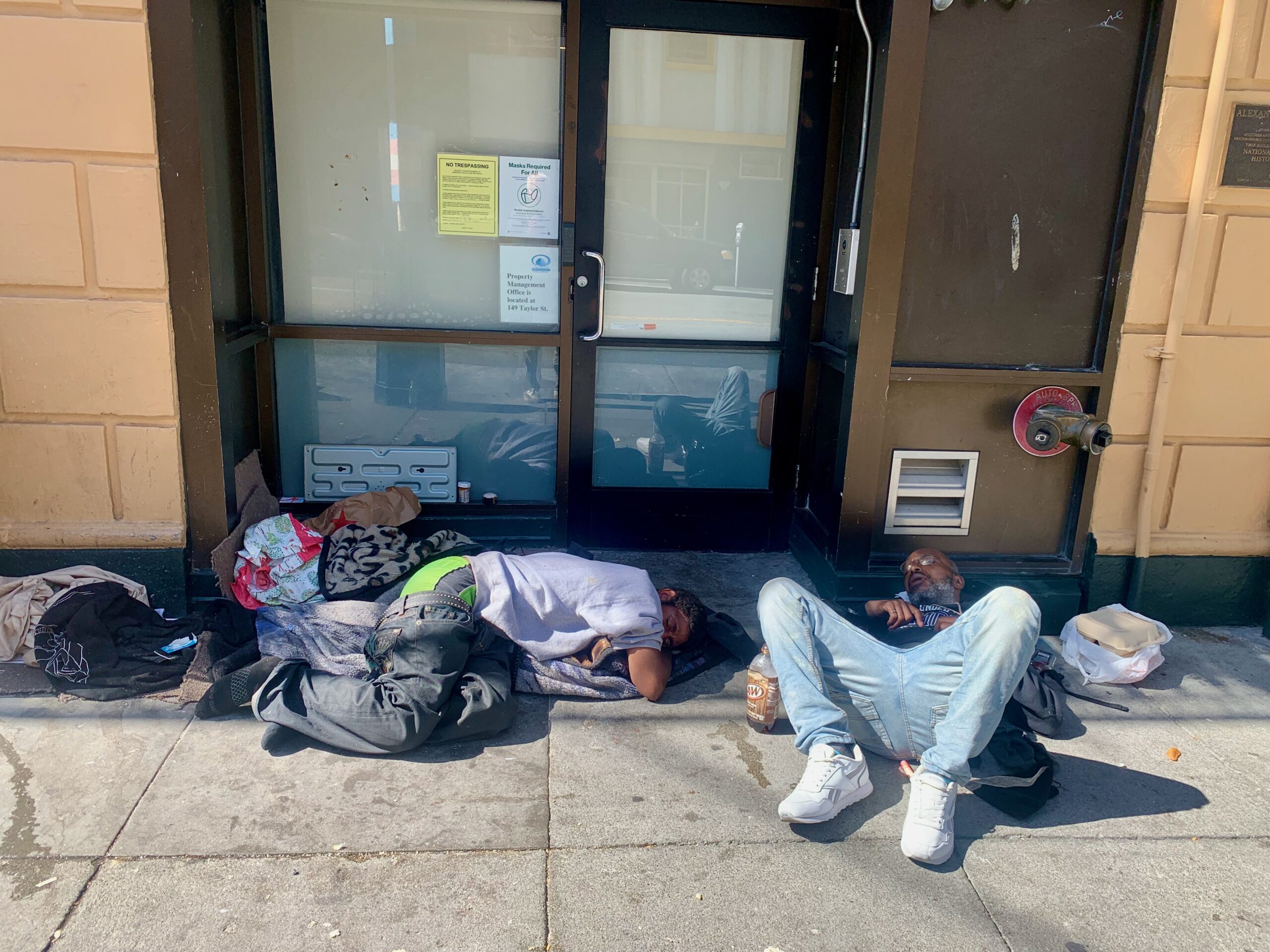
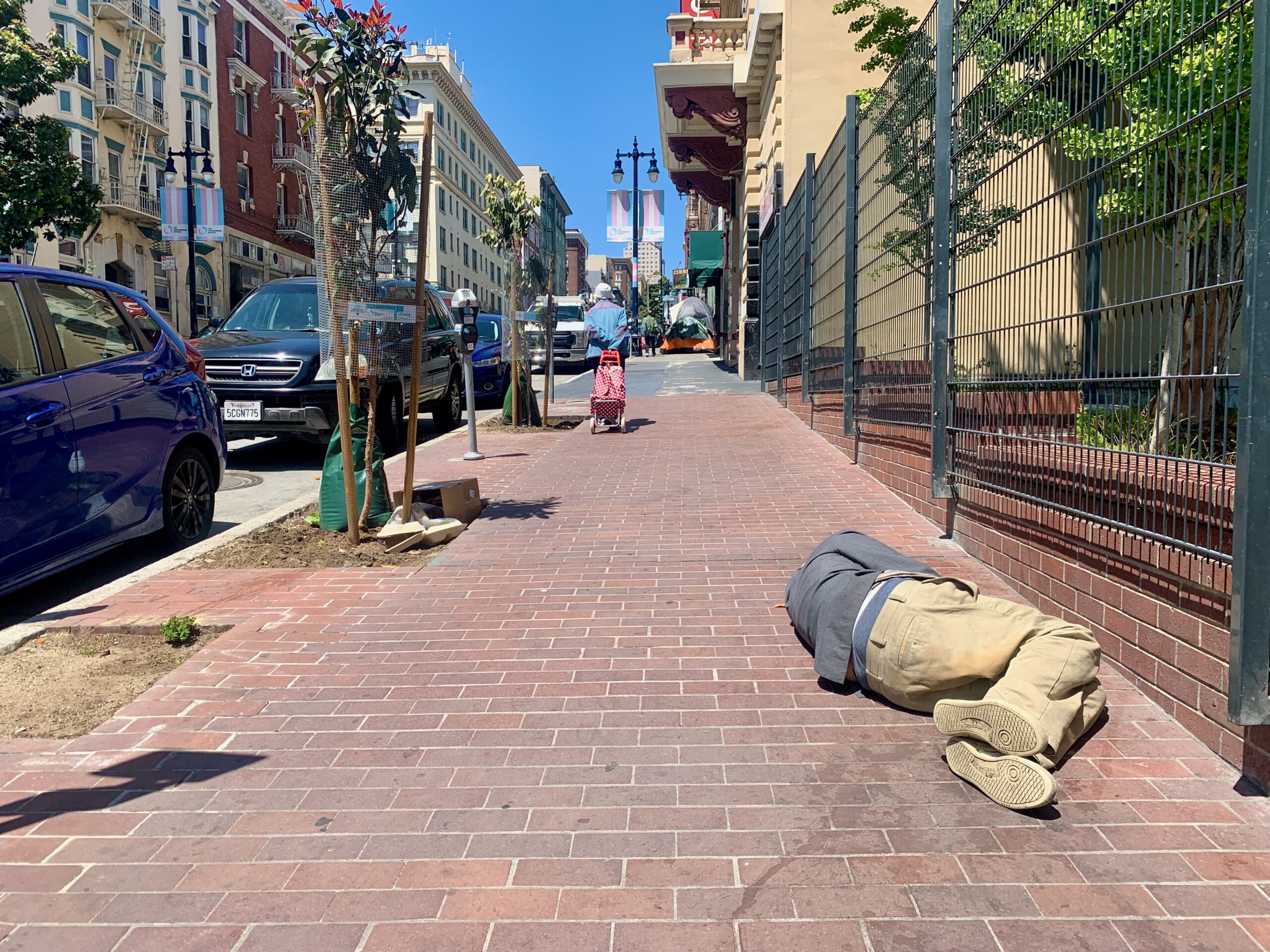

According to a report last month by McKinsey (The ongoing crisis of homelessness in the Bay Area — What’s working, what’s not; available on mckinsey.com), there are 38,000 people homeless on any given night in the Bay Area, the city of San Francisco and its nine county metropolitan area. This is an increase of 35 per cent since 2019. California’s homeless population grew by 22 per cent during the Covid pandemic and the State, the largest sub-national economy in the world, hosts an extraordinary half of all unsheltered homeless across the United States.
It feels entirely safe walking around Tenderloin. The homeless and the addicts — not everyone falls into both categories — seem too dazed, too wrapped up in their own worlds to be concerned with a stranger in their midst, even one obviously materially better off than them.
A local cop, Sergeant Dave Lee, tells me many of the addicts are on fentanyl. You can see them sucking the drug from small plastic pouches that look about the size of their palm. Fentanyl is between 50 and 100 times more potent than morphine. In the mid-1990s, the drug OxyContin, which contains Fentanyl, was promoted by the US company Purdue Pharma as a miracle pain killer. This led to America’s opioid crisis. Last year, there were 620 drug overdose deaths in San Francisco, 72 per cent of them attributed to fentanyl.
Sgt Lee is having a cigarette break outside Tenderloin station when we chat. I ask him how he and his colleagues police what looks like a battlefield after the fighting has ended. “We do what we can to help,” he says, “we just watch a lot and do what we can.” Which in truth is not a lot, though no fault of his and his colleagues. But they try to keep it all low key, talking more than enforcing.
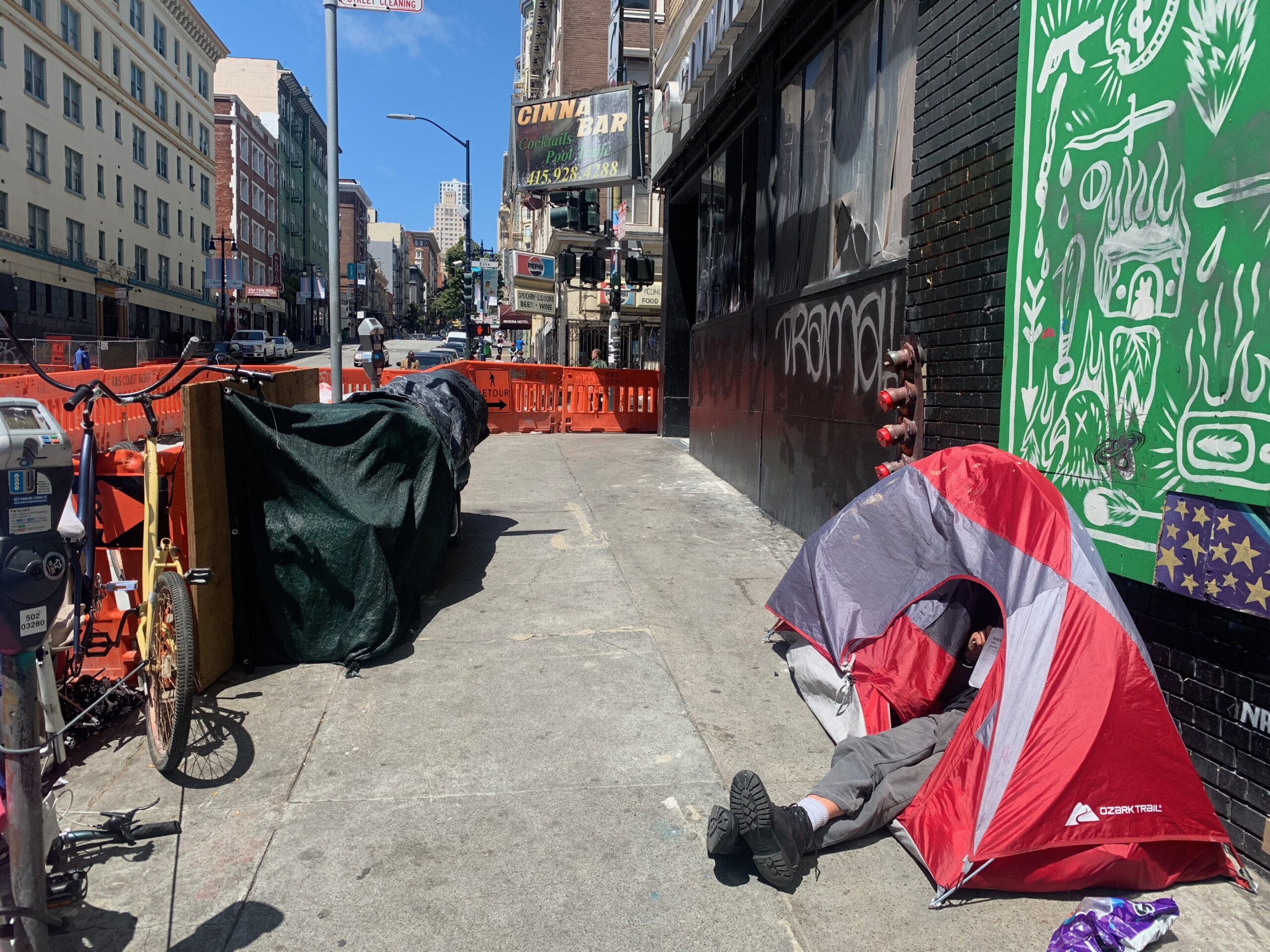
More gets done by the city authorities’ outreach programmes and private, often faith-based, charities, such as Glide, which is run by Glide Memorial Church, part of the Methodist family of churches in the US, on Ellis Street. Glide fights for social justice and tries to show people a way out of poverty, giving them advice and direction on how to navigate officialdom, as well as food, clothes, nappies, as well as parental support and child development support.
All around Tenderloin one sees volunteers from an organisation named Urban Alchamy. They hang around on corners, or walk the pavements or man small information stalls in disused lots and talk to people, or offer a listening ear. Most of UA’s volunteers have served life sentences and, the organisation believes, their survival in prison depended “on their ability to read people in unpredictable situations” and taught them “instincts that you can’t learn in a classroom”.
Opposite Glide on Ellis Street is YWAM, Youth With A Mission, another faith-based charity. When I was there on a Thursday, they were doing a weekly distribution of food to their neighbours, mostly elderly people whose lives began in Vietnam. A queue of quietly dignified, small people with little wheely trollies lined up and, one by one, were welcomed and ushered inside where they were given water melon, cucumbers, bell peppers and choy, tuna, rice, apples and bananas.
“For some of them, this is the only groceries they’ve got for the week,” says Josh (40), a missionary volunteer with YWAM.
On Fridays, YWAM hosts a pavement Bar-B-Q, while Mondays, Tuesdays and Wednesdays are given over to facilitating sports activity in the building’s large open plan street level room. Afterwards, there are showers, for many the only access to whole body washing they have. Similarly, YWAM provided free haircuts.
“We just want to have a safe space for our neighbours, who are community,” says Josh. He used to be in marketing and advertising but, with his wife, resolved to get involved in YWAM. He wears his faith lightly but explains his motivation thus: “I think it is in John One it talks about Jesus putting on flesh and going among the people. For us, we wanted to get to know the Tenderloin.”
He continues: “There are some of the most fun and jovial people [anywhere] and some have told us that coming [into YWAM] is the highlight of their week, the most interaction they get.”
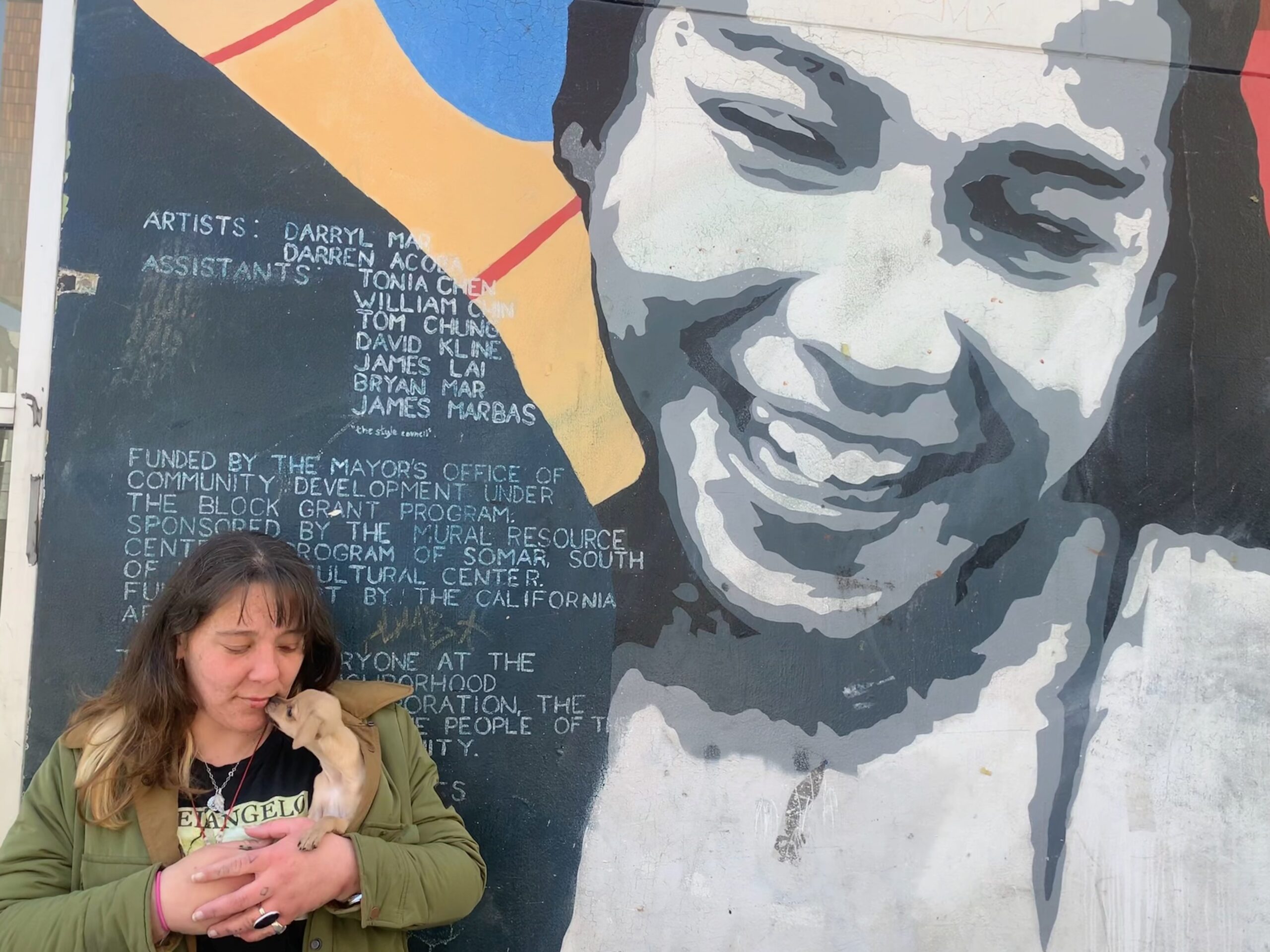
Walking away from the area, I see that Heather has sat down beside the guy in the green tent where she and I were talking earlier. He’s lighting something at the end of a small black tube. It could be heroin, it could be cocaine . . . it could be anything for all I know but I bet it’s not healthy.
“Good luck on your story,” says Heather. “I can’t wait to read it.”
She’s lovely — bright and alive and with a really warm, attractive personality. She told me she’d like to get a job as a home care giver but her best friend stole her ID and she needs a new one and for that, she first has to get her birth certificate . . .
Dear God, I hope she makes it.
